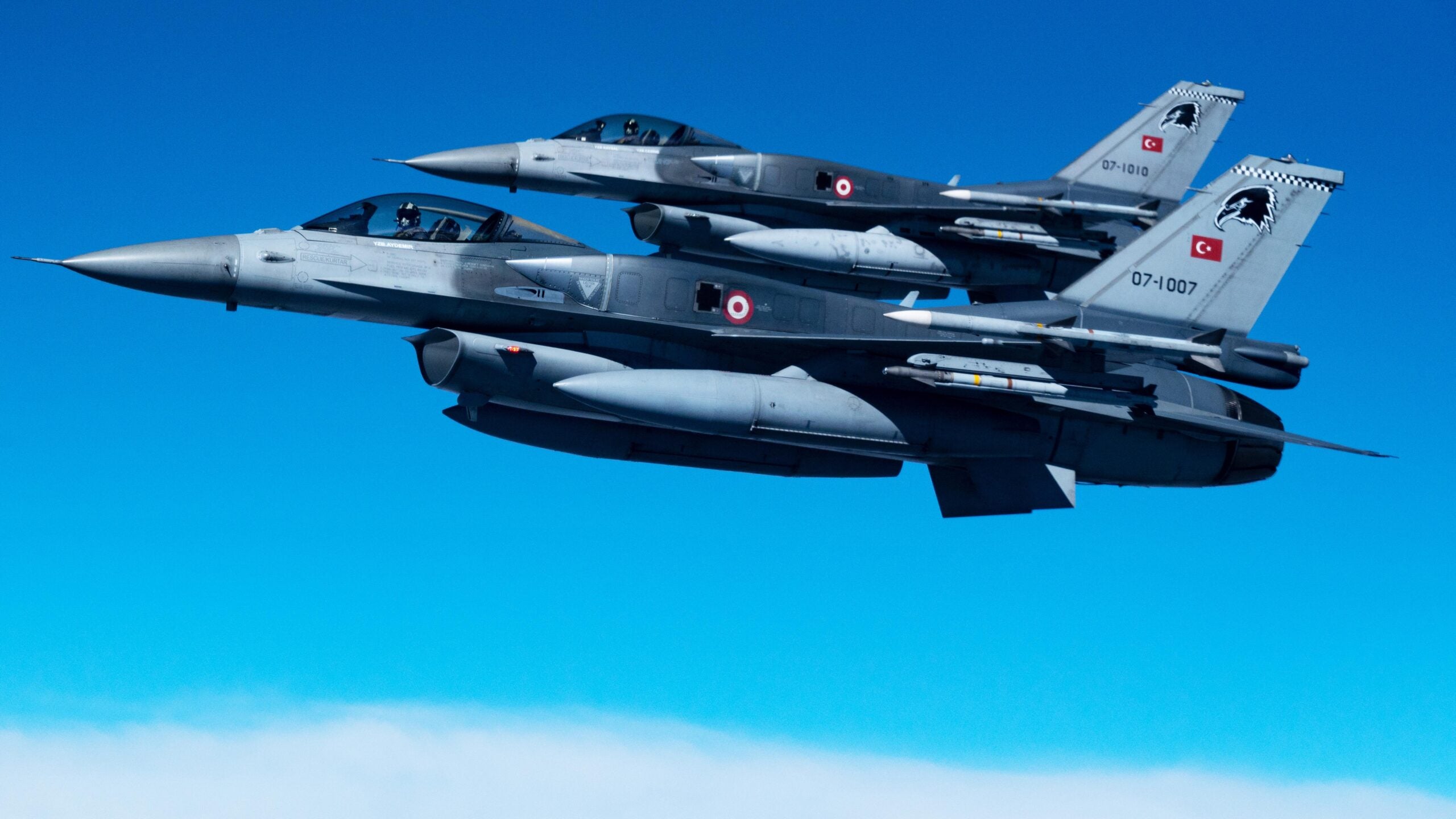The United States has offered to sell Turkey another batch of F-16 fighter jets after the country was sensationally ejected from the F-35 Joint Strike Fighter program in 2019 after purchasing Russian-made S-400 air defense systems. According to Turkish President Recep Tayyip Erdogan, the latest offer has been made to compensate for Turkey’s abortive $1.4-billion investment in the Joint Strike Fighter program, in which it was a significant provider of components, as well as planning to buy more than 100 examples for its own air force.
The latest development in the fallout from Turkey’s decision to buy the S-400, despite considerable pressure from the United States, emerged yesterday and was quickly followed by reports from Russia, which has been pitching its own fighters to Turkey as an alternative to its traditional Western equipment.
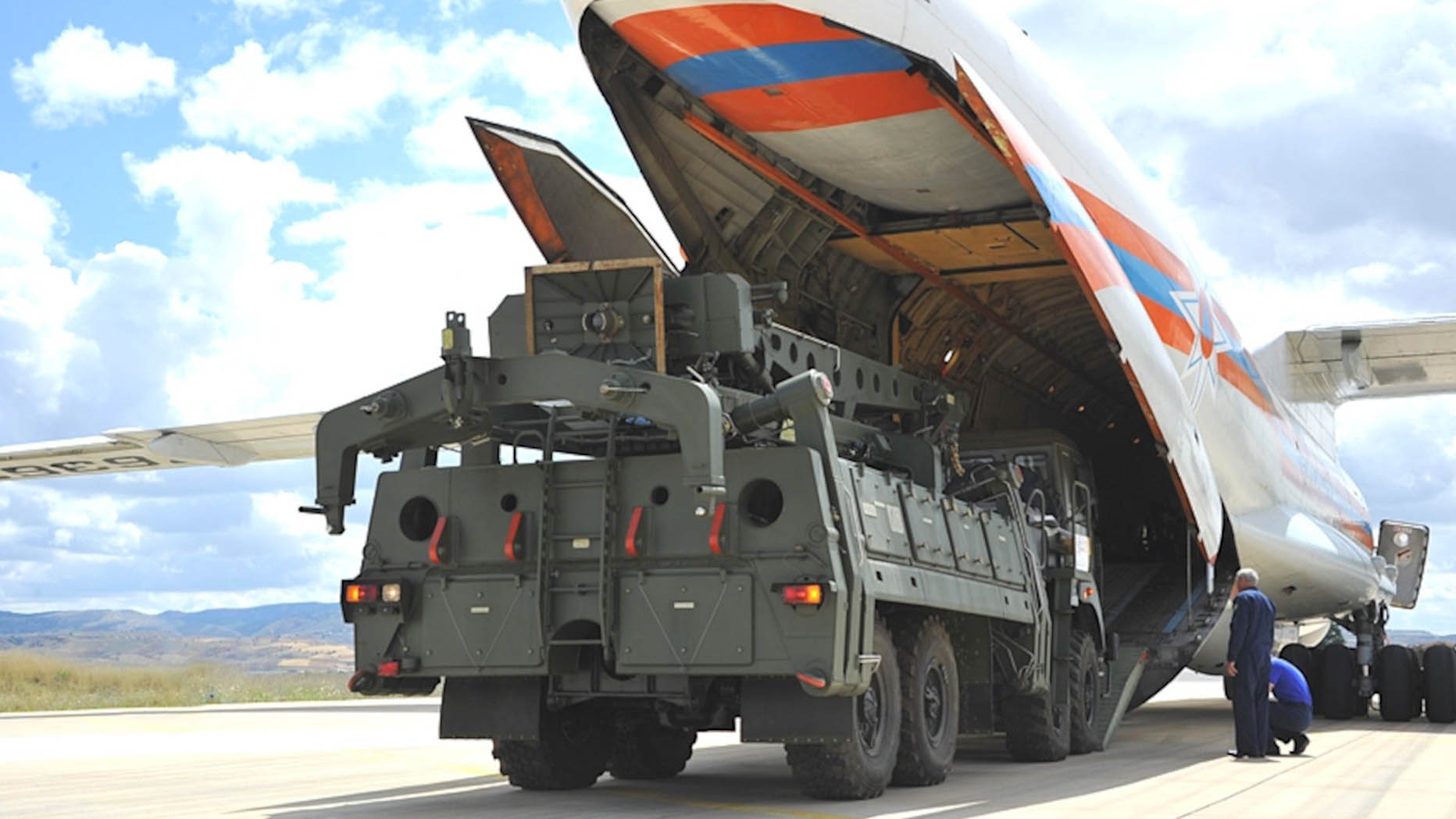
“There is the payment of $1.4 billion we have made for the F-35s, and the U.S. had such a proposal in return for these payments,” Erdogan told reporters. “Regarding this, we said let’s take whatever steps are needed to be taken to meet the defense needs of our country,” he added. Reuters reported Erdogan as saying that talks with Washington on the issue are ongoing.
The apparent U.S. offer follows reports from earlier this month that Ankara had requested the purchase of 40 new-build F-16 jets plus almost 80 upgrade kits for existing aircraft, as part of a planned air force modernization effort. In the past, Turkey has also made calls to have the $1.4 billion payments returned, as long as F-35 deliveries were suspended, but without success.
At one time, the Turkish Air Force was expecting to receive more than 100 F-35s and deliveries of the first few aircraft to training units in the United States had begun when Ankara was removed from the program, a process that you can read all about in this previous War Zone story. The jets that had been completed for Turkey were subsequently diverted to the U.S. Air Force.
The United States had repeatedly threatened action if Ankara did not abandon its purchase of S-400s. As well as ejection from the JSF program, Turkey was hit with U.S. sanctions, while Turkish defense officials — including the chief of the Defense Industry Directorate — were blacklisted.
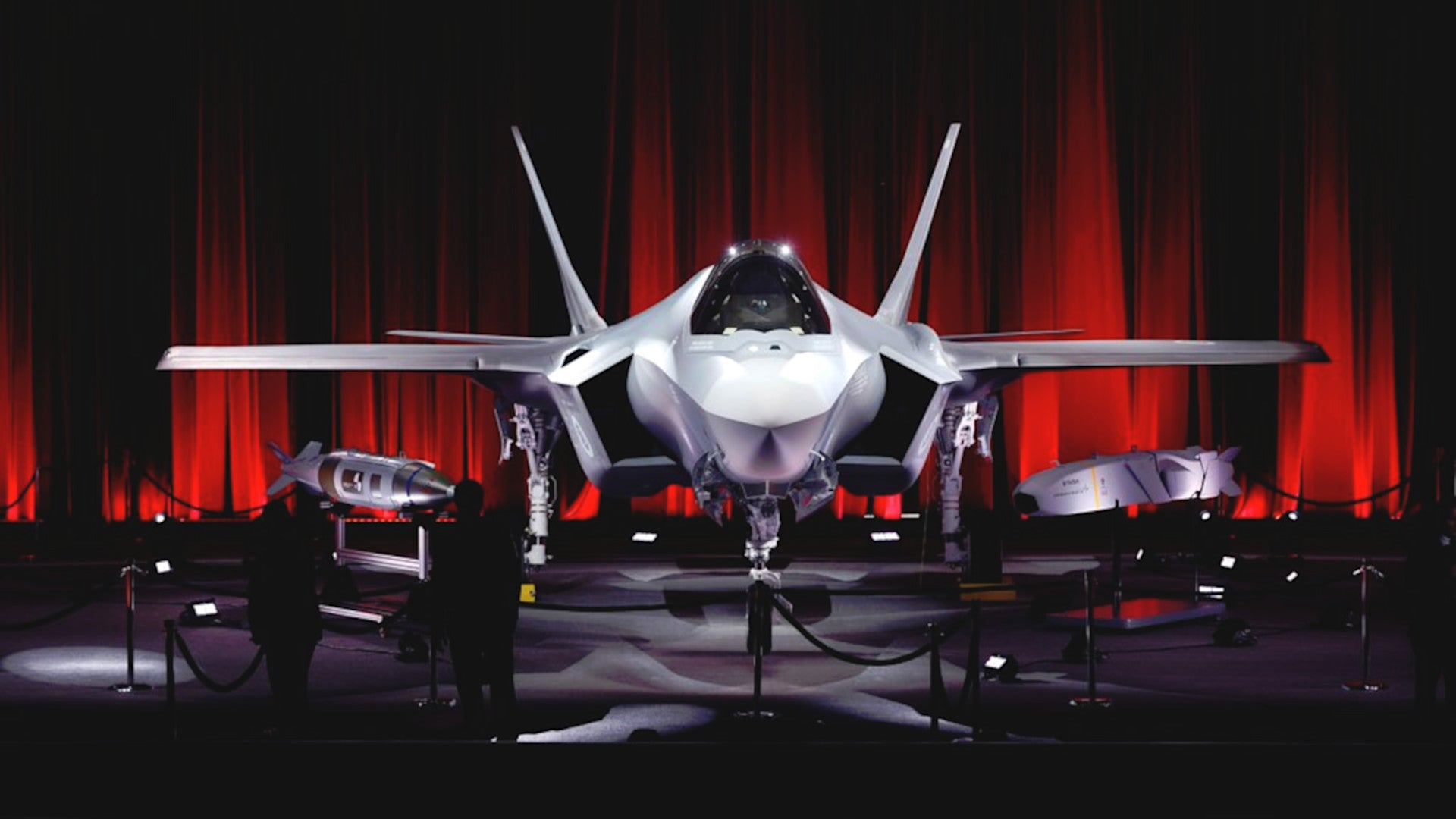
Clearly, Erdogan now wants to recoup something from his country’s investment in the Joint Strike Fighter program after a complicated process to extract Turkish industry from the stealth fighter’s global supply chain. According to official reports, Turkish companies at one time supplied 1,005 parts for the F-35 airframe and engine.
At the same time, the Turkish Air Force finds itself facing obsolescence issues, especially with regional rival Greece having acquired advanced Dassault Rafale fighters from France, with plans to acquire its own F-35 stealth fighters, too.
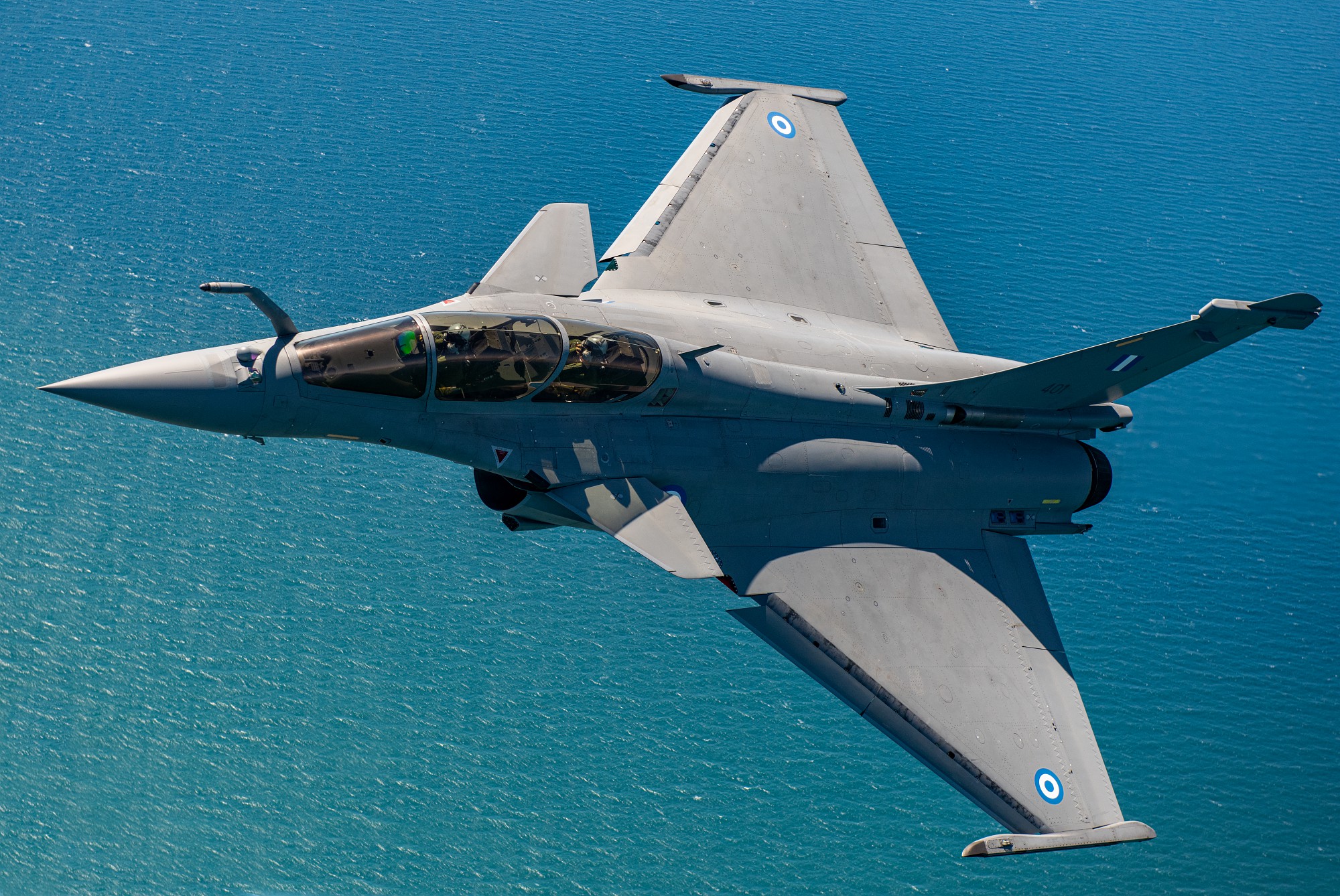
While Turkey does have its own indigenous fifth-generation fighter program, the TF-X has suffered delays and there are question marks about the viability of the aircraft and its subsystems. Back in 2019, the goal was to have a prototype of the TF-X complete by 2023 and the first flight in 2025.
That ambitious timeline no longer appears feasible, with the costs and complexity inherent in the TF-X program now also compounded by the breakdown in relations with the United States, which would have supplied the General Electric F110 engines that were originally planned to power the fighter.
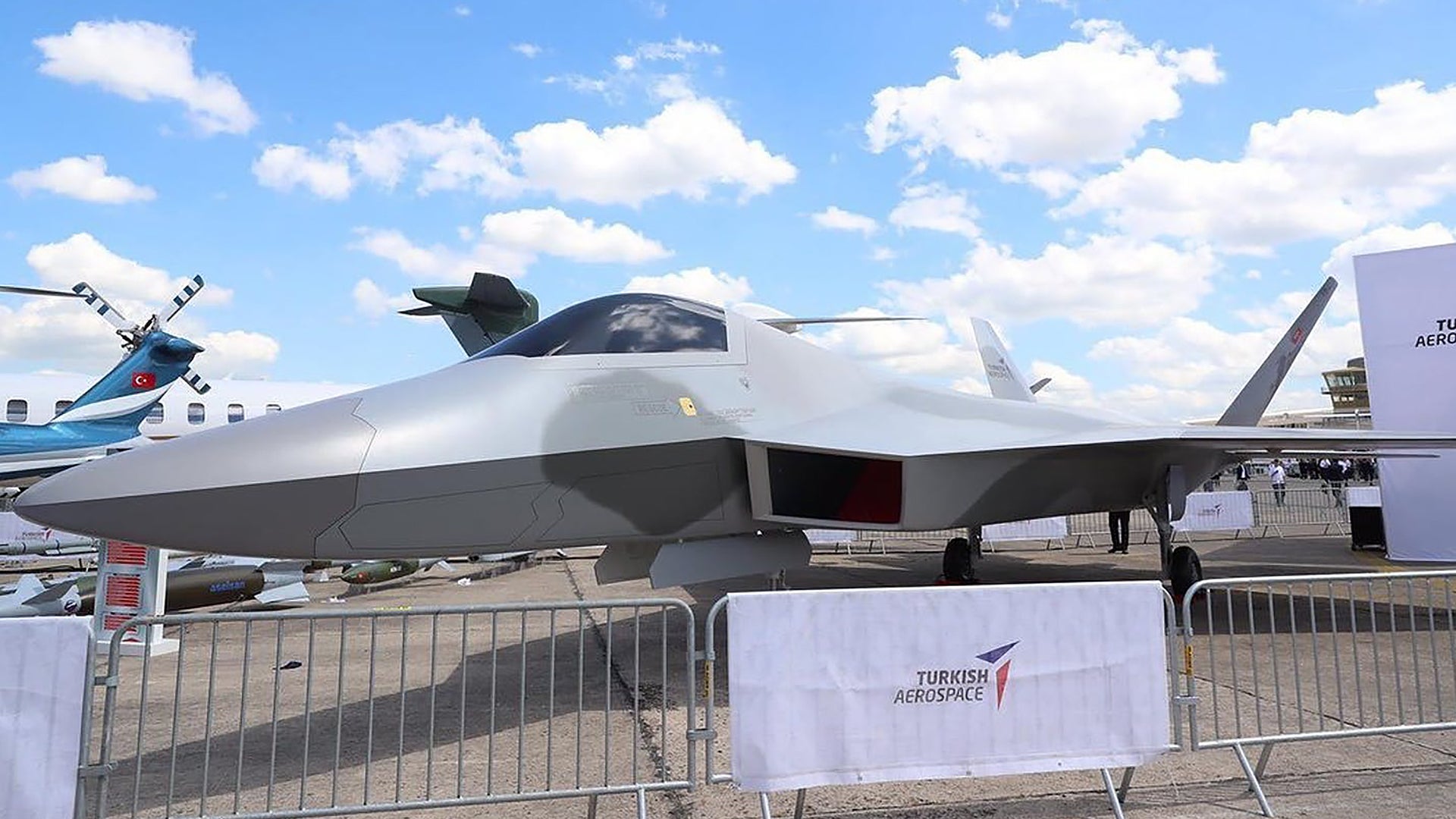
With the prospects for TF-X success looking less likely, at least in the near term, Turkey has made efforts to provide a stopgap replacement for the F-35, in the shape of a comprehensive local upgrade for its existing F-16 fleet. As we discussed earlier this year, a structural improvement program is now underway to extend the service lives of some of the oldest F-16s in the Turkish inventory.
The Turkish Air Force remains the world’s third-largest Viper operator, with a total of 270 F-16s delivered in successively more capable Block 30, Block 50, and Block 50+ configurations. So important to the air force is the F-16, that Turkey reportedly began stockpiling spare parts for its Vipers in July 2019, even before sanctions were introduced. Buying a new batch of F-16s would also likely help keep the current fleet operational, ensuring a continued flow of spare parts and support from the United States.
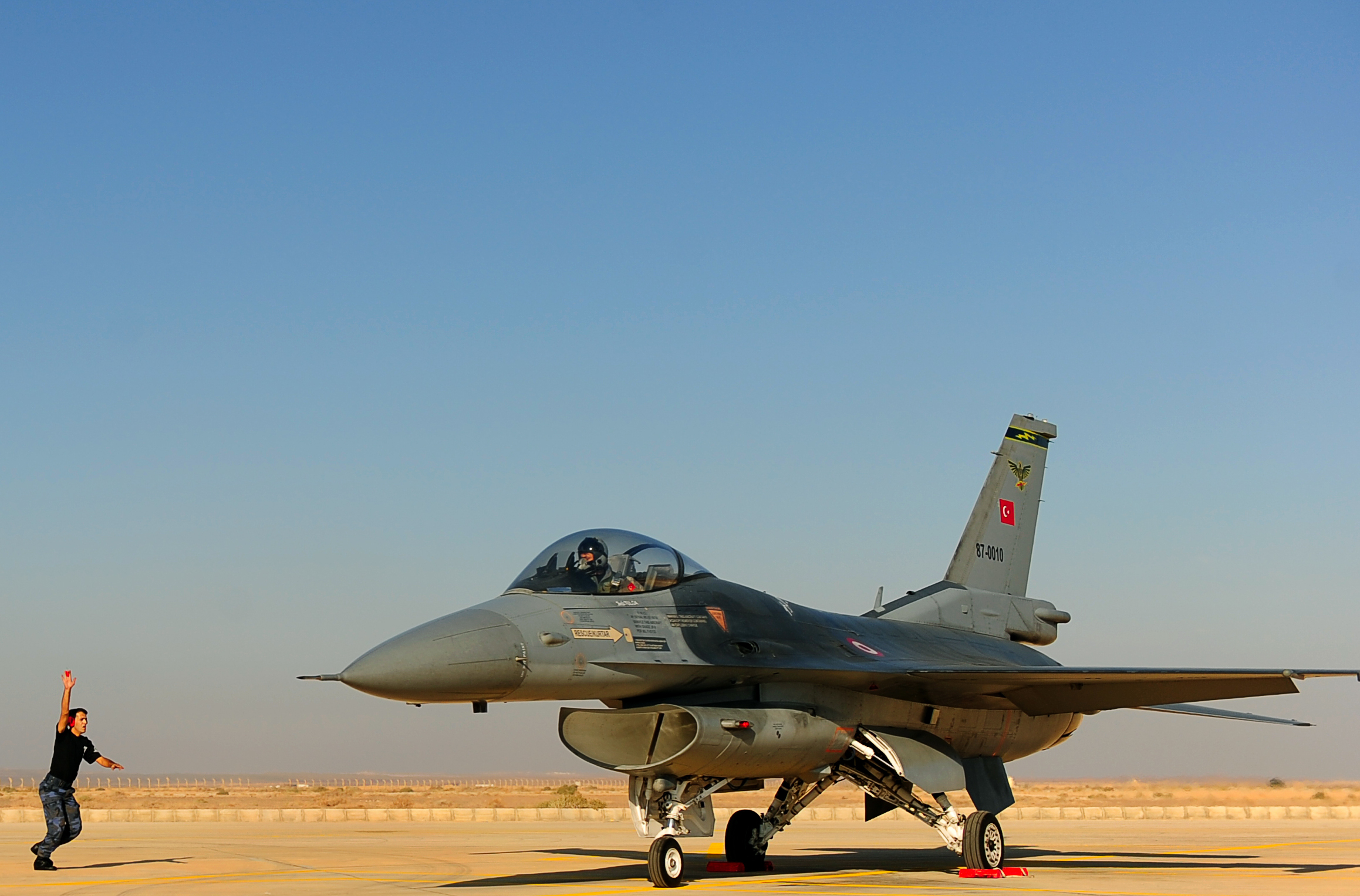
The other fighter in the Turkish inventory is the Cold War-era F-4E, which now badly needs replacement, although these jets also underwent a significant mid-life upgrade, emerging as the Terminator 2020.
There could also be another potential home-grown solution to the Turkish fighter problem, with Turkish Aerospace also working on the Hürjet, a single-engine supersonic advanced trainer that can also be adapted as a light combat aircraft. The manufacture of the first prototype is due to begin before the end of this year. While the Hürjet similarly relies on an American-supplied engine, at least in its initial iteration, there are plenty of other light combat aircraft options that could provide a lower-cost way of modernizing the air force, although a solution of this kind would not help offset the capabilities offered by Greece’s Rafales and, potentially, F-35s.
It could also be the case that, instead of getting more new-build Vipers, Turkey may opt for more upgrade packages for its existing F-16s. This would parallel Greece’s upgrade program, which is bringing 84 aircraft to Block 70/72 standard, which includes the AN/APG-83 Scalable Agile Beam Radar (SABR), among other enhancements. The cost of that Greek deal has been estimated at around $1.5 billion.
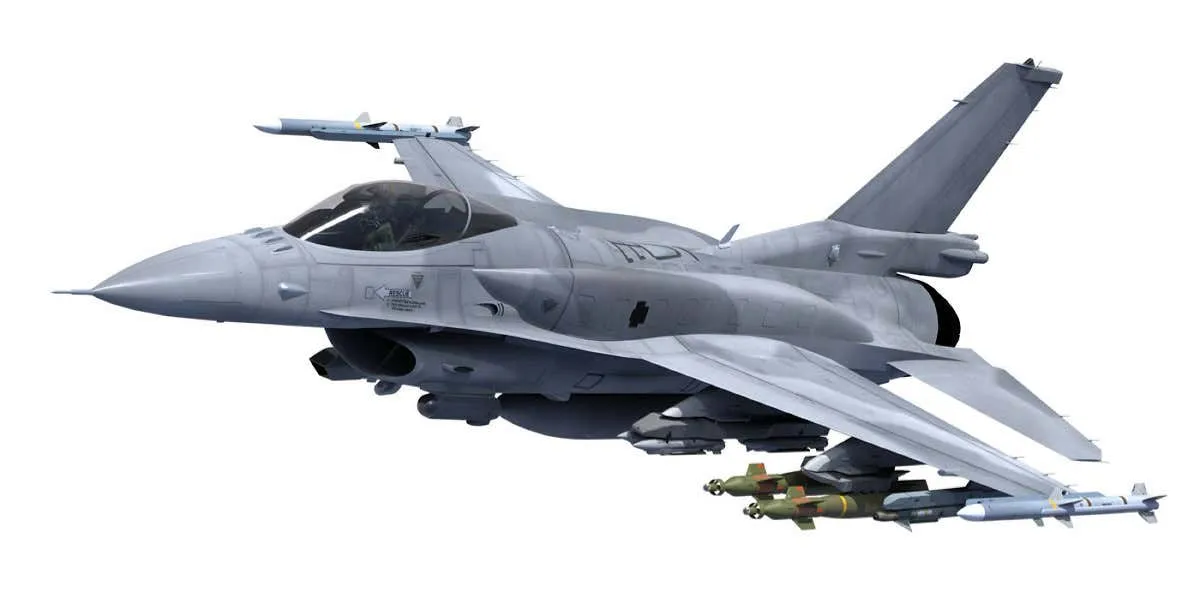
The Block 70/72 is the latest production configuration for the popular jet, with the related F-16V upgrade package bringing older jets up to a similar standard. In the future, Lockheed Martin plans to further “commoditize” its F-16 line with a single standardized configuration, with a standard base–price tag. All Vipers are now built at a dedicated Viper production line that has been moved from Texas to South Carolina.
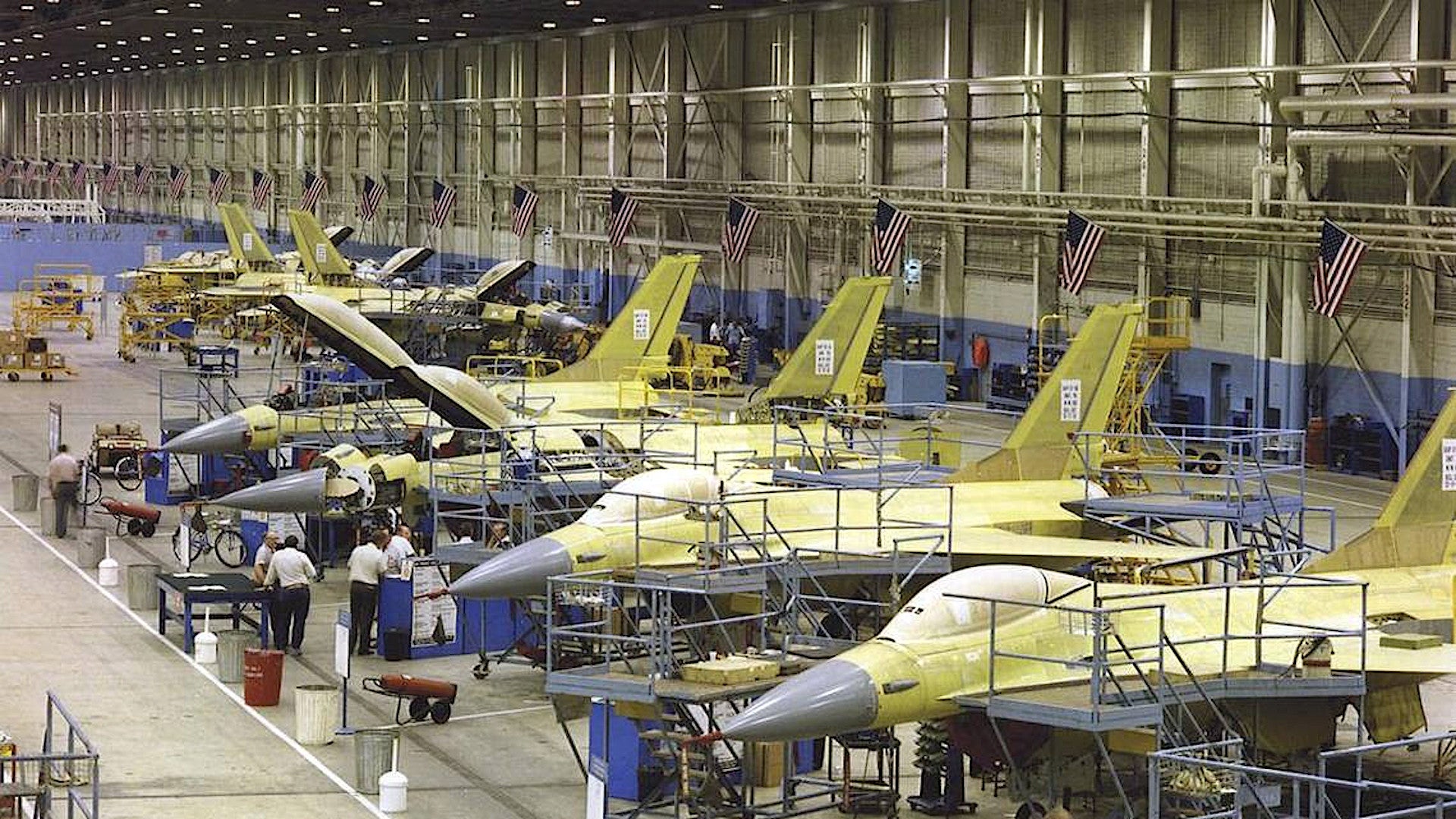
There are still hurdles, however, to be overcome before Turkey gets its hands on new F-16s from the United States. A potential sale could still be vetoed by the U.S. Congress, which would still be able to point to Turkey’s controversial acquisition of S-400 systems, which have now been tested against Turkish Air Force jets, including F-16s.
As well as the S-400 issue, there have been other diplomatic clashes between Turkey and the United States in recent years. These include the country’s shift toward Moscow, expanding ambitions in the eastern Mediterranean, and its human rights record. Meanwhile, Turkish involvement in the conflict in Syria in 2019 led to calls for a full-on arms embargo from powerful members of Congress.
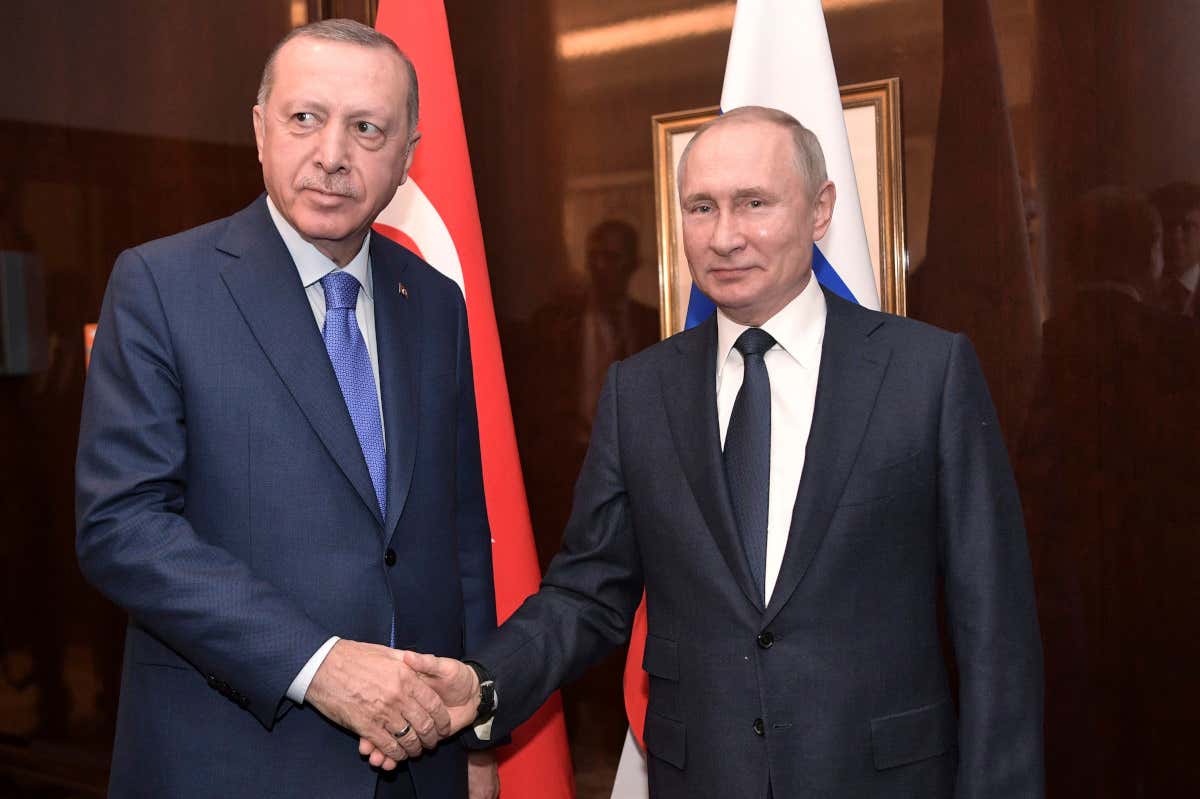
With these tensions in mind, Moscow has kept a close eye on Turkey’s fighter requirements and has offered both the multirole Su-35 and the advanced Su-57 in the past. Almost as soon as reports emerged of the latest negotiations over more F-16s for Turkey, Russia’s state-run TASS news agency reported that Turkey was looking at both the Su-35 and Su-57, in the event of the talks with the United States breaking down.
“If the United States does not approve a deal on the F-16s after the situation with F-35 aircraft, Turkey won’t be left without alternatives,” Ismail Demir, the head of Turkey’s Defense Industry told the NTV television channel. “The issue of Su-35 and Su-57 planes may surface again at any time.”
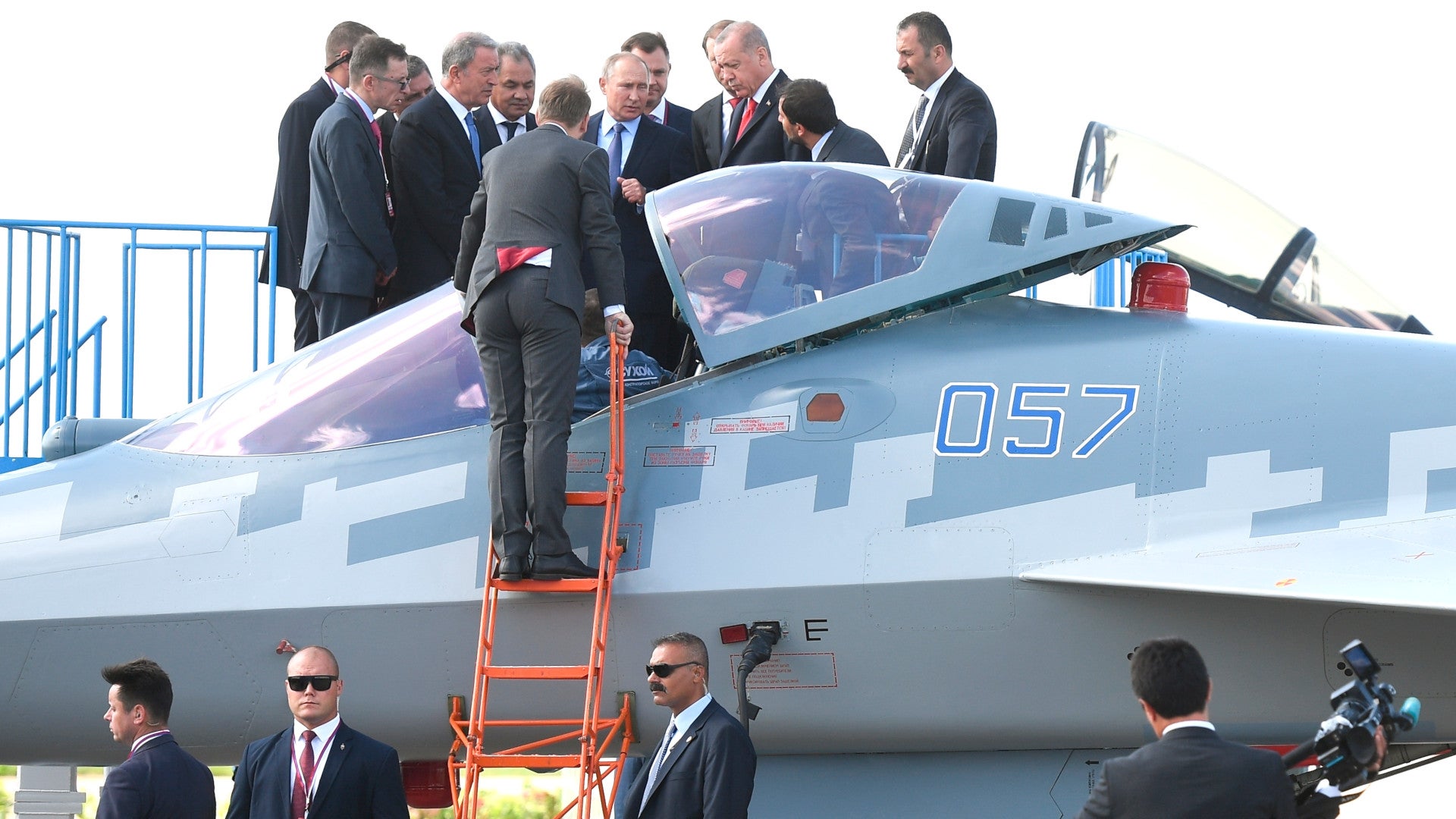
Although the United States has continued to issue warnings against Turkey buying any more Russian military hardware, Ankara has remained resolute, and Erdogan has even announced plans to buy a second batch of S-400s from Moscow. That, or a decision to buy Russian-made fighter jets, would likely trigger additional actions from Washington and further complicate the relationship between Washington and Ankara.
As it stands, it’s not clear whether the new F-16 deal will make it through Congress, with bipartisan support calling for continued pressure to be put on Ankara, while Turkey has expressed hopes that relations can be restored with the Biden administration. But it seems certain that the repercussions of the S-400 deal will continue to be felt, whatever type of fighter Turkey chooses to revamp its inventory.
Contact the author: thomas@thedrive.com
Update, October 18, 2:30 PM PST: In a briefing today, the U.S. State Department neither confirmed nor denied that an offer of additional F-16 jets had been made to Turkey. However, State Department spokesperson Ned Price did say that Washington had not made Turkey a financing offer for the aircraft.
“We would refer you to the Turkish government to speak to its defense procurement plans,” Price added. “What I can say is the United States has not made any financing offers on Turkey’s F-16 request.”
